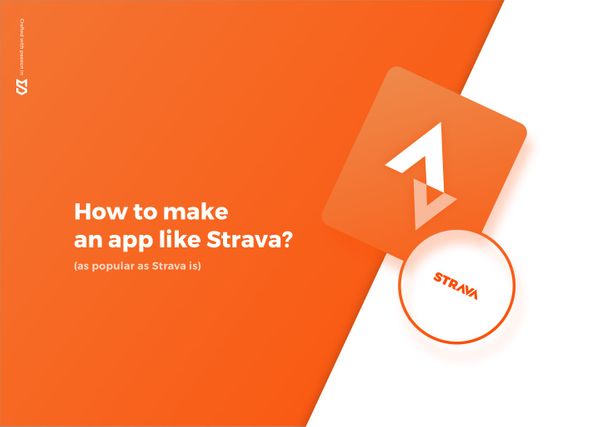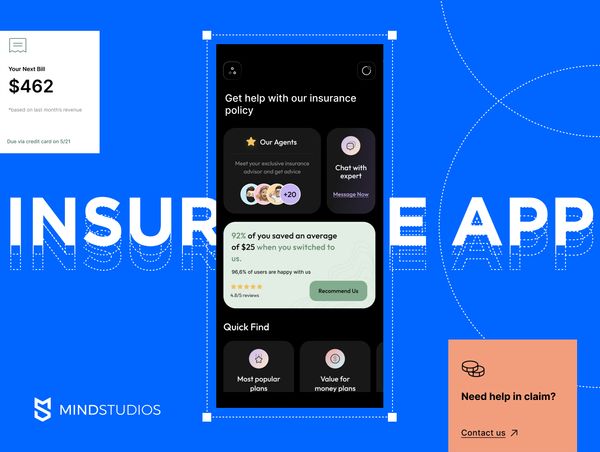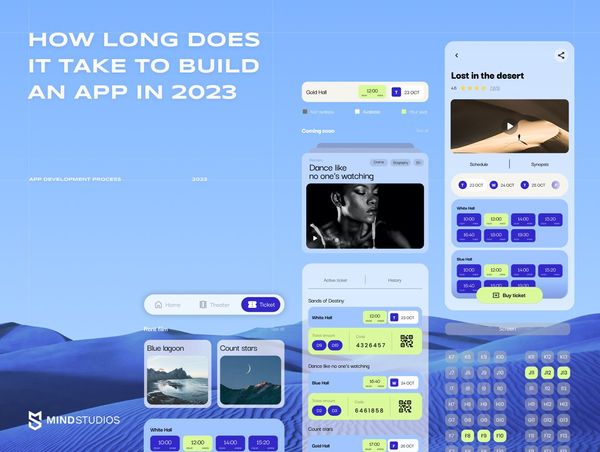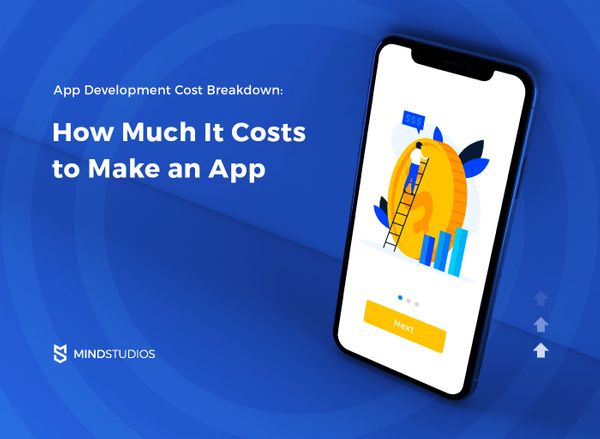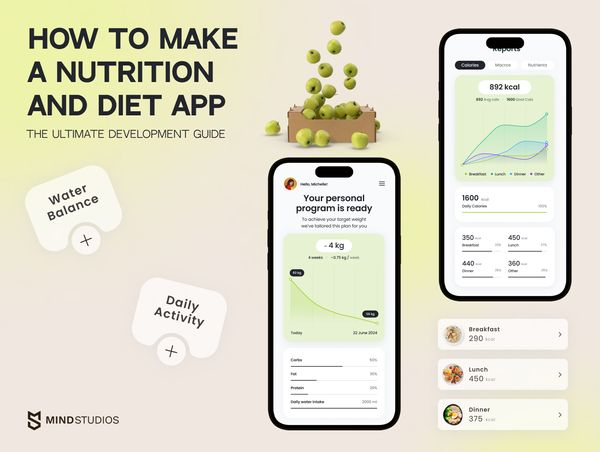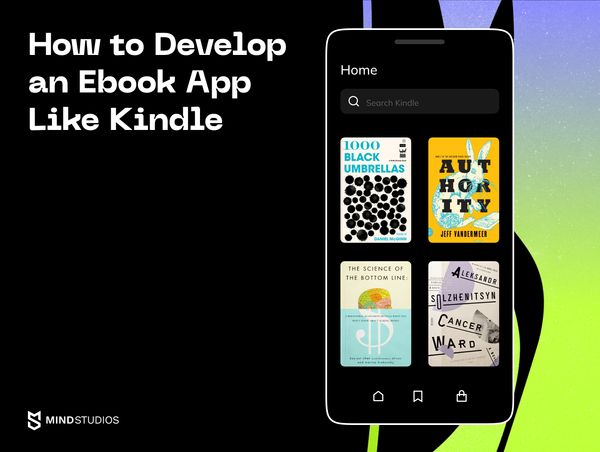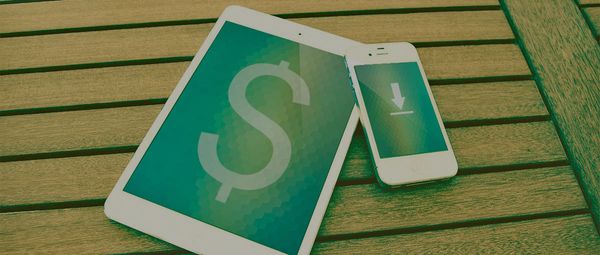
How do apps make money? According to the latest research, people nowadays use mobile devices more often than desktops. So if you want to succeed with your own startup, you should consider mobile application development. When you come up with a great idea and decide to build your own app, you’ll be faced with an issue: “How to monetize your mobile application?”
In this article Mind Studios team would like to share our extensive experience in mobile app monetization strategies for your mobile app by sharing a few ways to monetize apps:
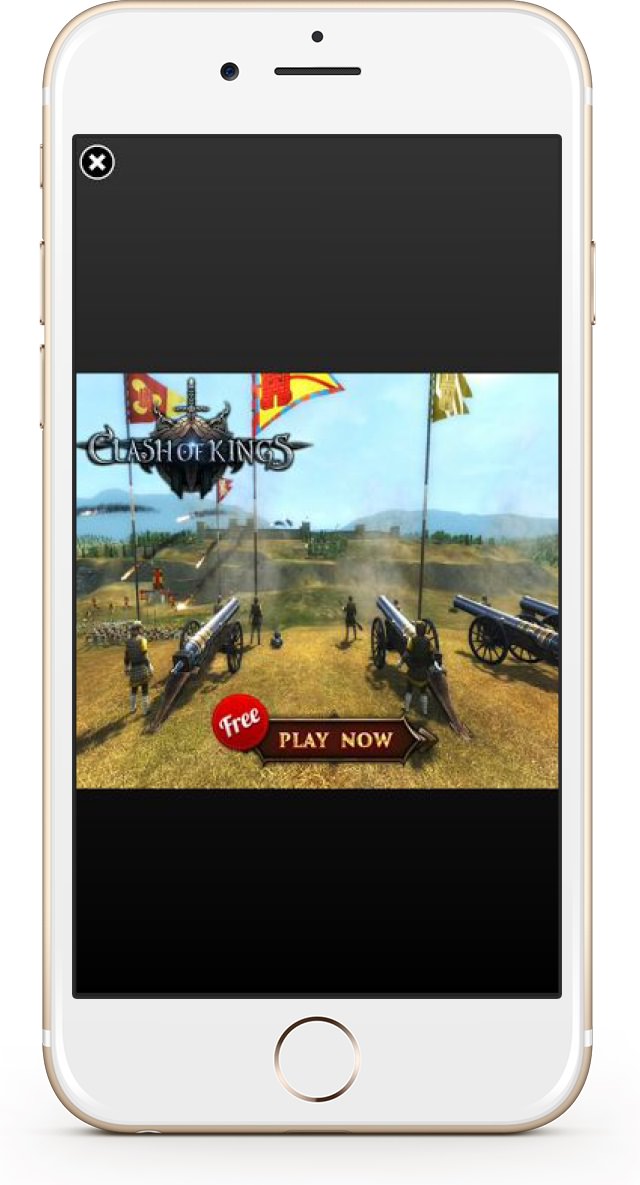
1. Advertisement
Let’s talk about how to monetize your app with ads and admits. You can earn money by selling advertisment space in your mobile application (mobile ad banner apps it is called) or you can link up with a mobile ad partner. The advantage of this model is that your app is free and you’ll be sure to get more installs. So if you decide to use advertising to monetize and stick to banner advertisements, you’ll remove the cost-barrier and allow free downloads.
Interstitial type of Ad. Offers full-screen user experience.
2. Freemium (Gated Features)
As in the previous mobile app monetization model, the app (or mobile games app etc.) can be downloaded for free, but some features are gated and users have to pay money to unlock them. In other words, you create a kind of trial version to give people access to the main functionality and to involve them in your app. People who “try before they buy” are more likely to become engaged and loyal users later on. But here you have to be careful with quantity of features that you provide for free - as the question yet is "how to monetize free apps". If there are too few free features, users won’t become engaged with your app. If you offer too many, users won’t pay and you won't be getting any revenue so make sure you have a strategy of freemium balance.
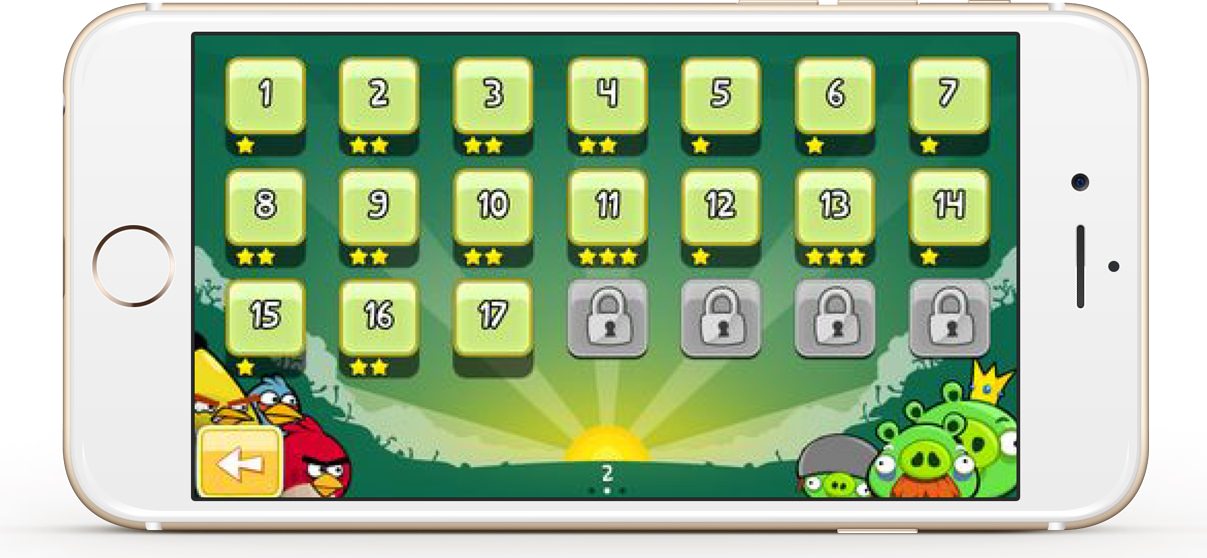
“Angry Birds” app is a good example of a freemium business model.
Its users have to pay to unlock levels in the game. Works greatly as an Android game monetization too.
3. Premium (Subscription)
Premium monetization model is very similar to Freemium, but it is focused on gating content, not features. The users are allowed to view some specified content whereupon they are offered a subscription purchase to get more. One of the main advantages of this business model is that the subscriptions can be renewed automatically (until cancellation) providing you with continual weekly/monthly/yearly (depending on your setup) flow of revenue. Also, premium offers "without ads" option that users are in love with.
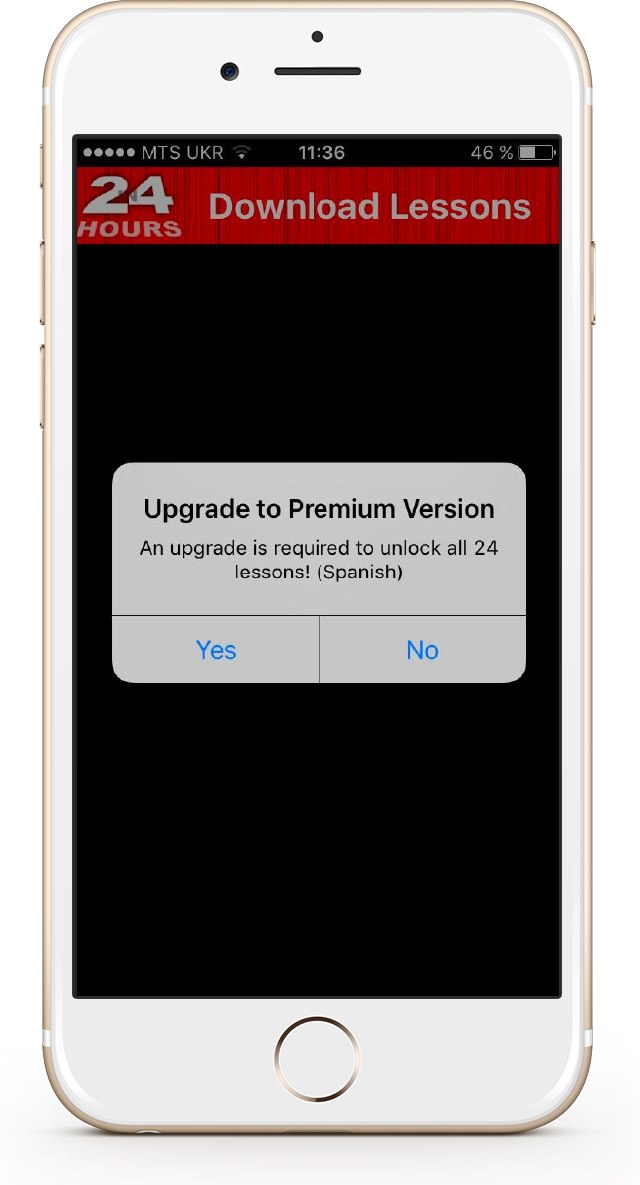
Getting Premium version. Usually it offers subscription
with weekly/monthly/yearly payments.
4. Paid Apps (Cost Money to Download)
If you visit AppStore or GooglePlay, you’ll find a lot of applications that can not be downloaded for free, but are offered to be purchased. This is how a Paid App model works. The price for the app can vary from $0.99 to $999.99, but what price is suitable for your mobile application? To price your app correctly you should research and compare competitor’s apps by the following criteria: uniqueness, functionality, ratings, brands, prices, designs, profits etc.
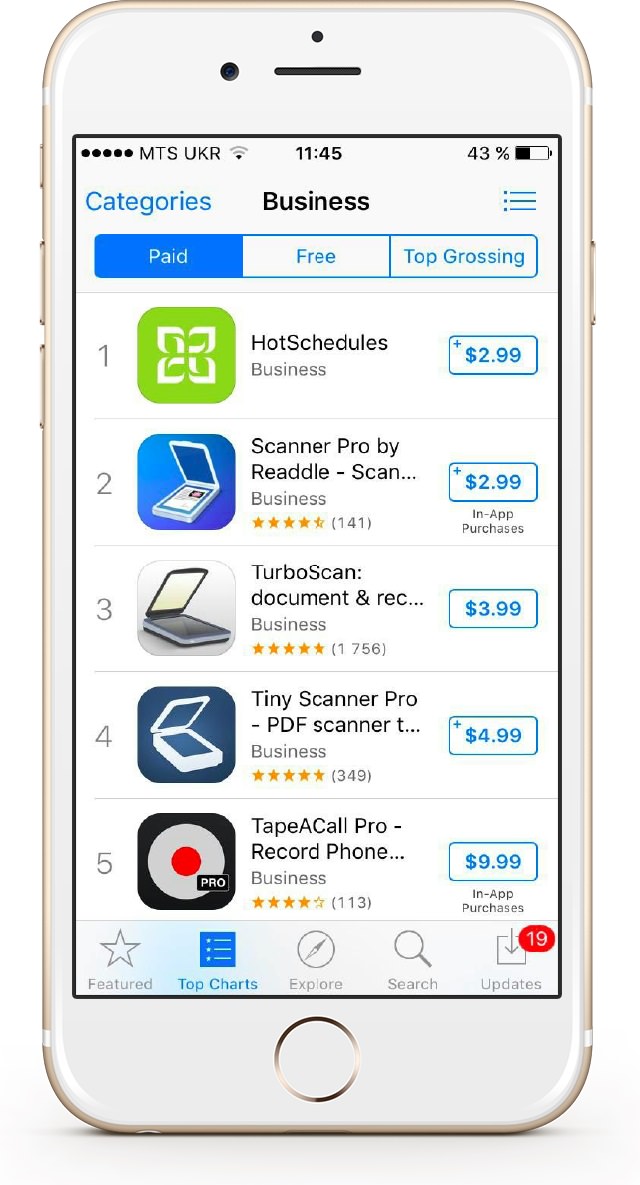
List of top paid apps in Business category.
5. In-app Purchases
Have you ever bought something via mobile application? This model of monetization works for iOS and Android app monetization and turns your app into sales channel. You can sell any physical products that are used in the real world or virtual goods which can only be used inside the app. In-app purchases can help app marketers make comfortable profits with the lowest amount of risk. But you should remember that App Store and Google play only allow storage of digital content (no physical goods) and usually take about 30% of the revenue.
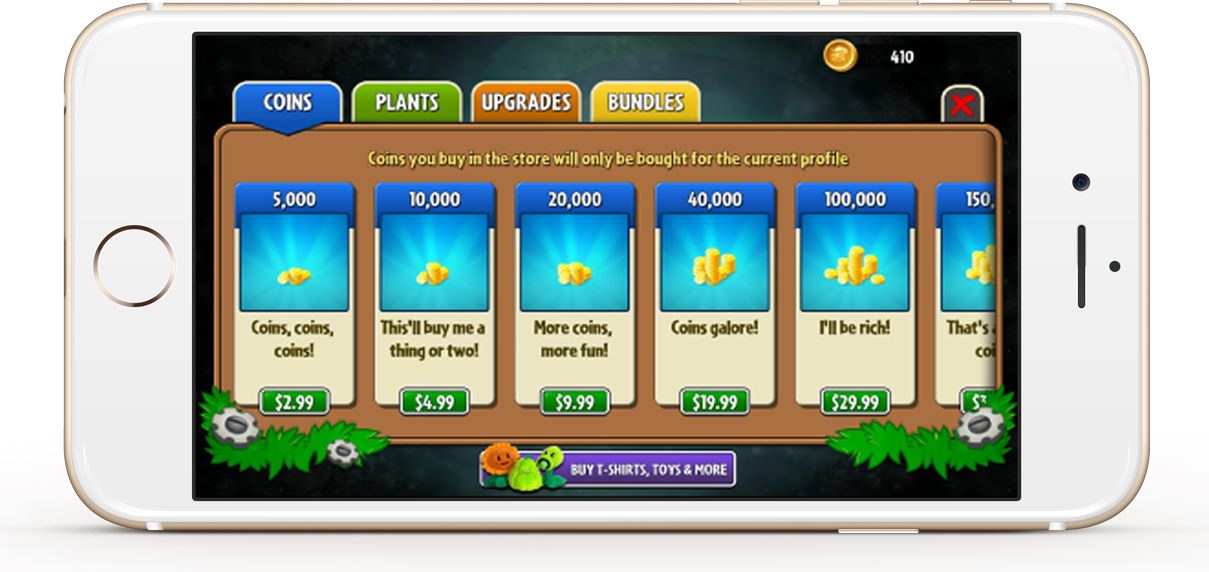
Users can buy coins using In-App Purchase.
6. In-app Sponsorship
Sponsorship is one of the newest models of monetization. It means the cooperation with ad partners and advertisers like admob who reward your users when they complete some specific actions. In this case agencies and brands pay to become a part of an incentive system. And you get profit by taking a share of the revenue from redeemed rewards. Pick up this model if your app makes it easy to reward in-app activity.
7. Blended Model
You can focus your efforts to monetize your app on the models listed above, but you can also try to mix several different strategies of monetization in one application. You can include some ads, gated features and virtual goods and check how the users react. Some users hate in-app purchases while others are fond of them. So it’s an opportunity to provide something for everyone.
8. White Label Your Code
If you create a cool app and get many downloads with a free version, you can white label your code to other developers and earn money without disrupting the experience for your users. It means that another company or agency will rebrand your application to make it appear as if they had made it. If you build a powerful and useful app that can generate a big users database, you’ll definitely attract other app developers’ attention.
Summary
As you can see there are many ways to monetize your app. Each app is unique and you need to find the best mobile app monetization strategy for effective revenue generation; moreover, iPhone app monetization is different to Android. It is not rocket science - just a small challenging "iOS vs Android monetization" concept to consider. If you would like more details or ideas, feel free to contact us and we’d love to help you analyzing your main goals and find a model that fits your app and your ideas the best!
Good luck with your company!

